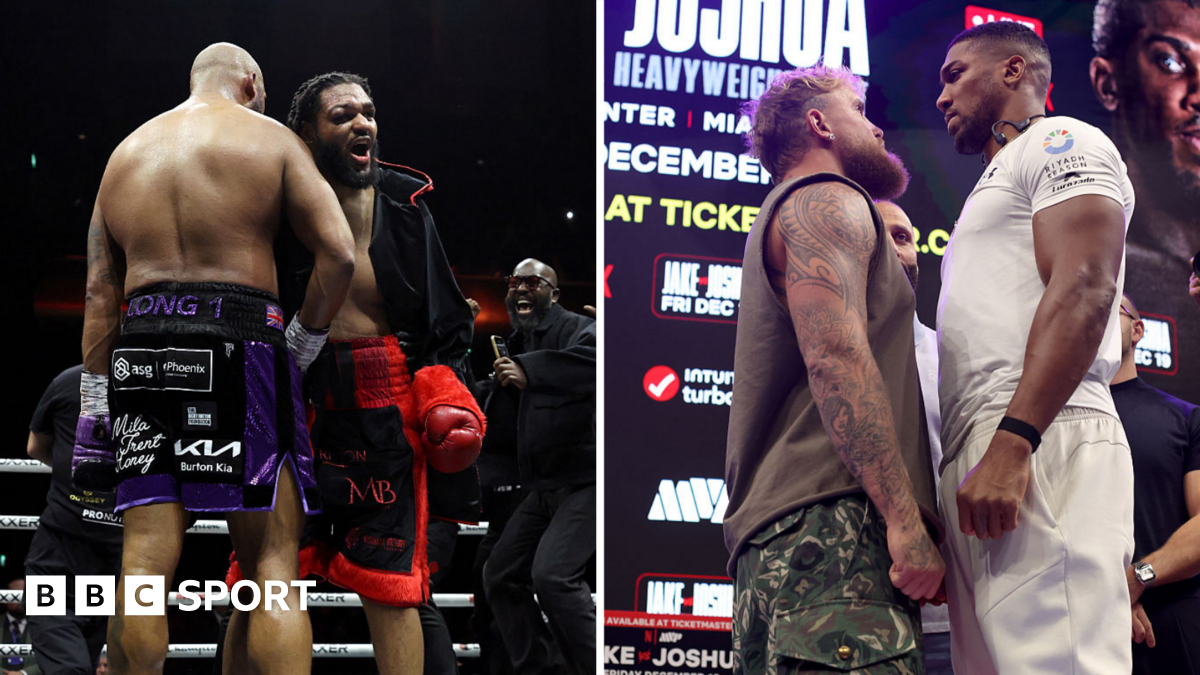Sports
Clarke vs TKV: What next for heavyweight division after TKV win with Anthony Joshua, Tyson Fury & Itauma futures analysed

Usyk – an all-time great at 38 – still holds the WBA, WBC and IBF titles, but is running out of credible challengers.
He has beaten Tyson Fury, Anthony Joshua and Daniel Dubois – all twice. And he has ruled out facing Itauma in 2026.
The IBF has ordered a final eliminator between American Richard Torrez Jr (14-0) and Cuba’s Frank Sanchez (25-0-1).
Several heavyweights, including Dubois and Itauma, have turned down Sanchez in favour of other routes, but if Torrez accepts, the winner could be well-placed for a shot at Usyk.
The one name purists believe could seriously test the champion is Germany’s Agit Kabayel.
Undefeated in 26 with 18 stoppages, Kabayel is the WBC ‘interim’ champion and faces Damian Knyba on 10 January.
After an impressive run of five stoppage wins – including against Zhilei Zhang and Sanchez – he is arguably the most deserving of a title shot outside of Wardley.








